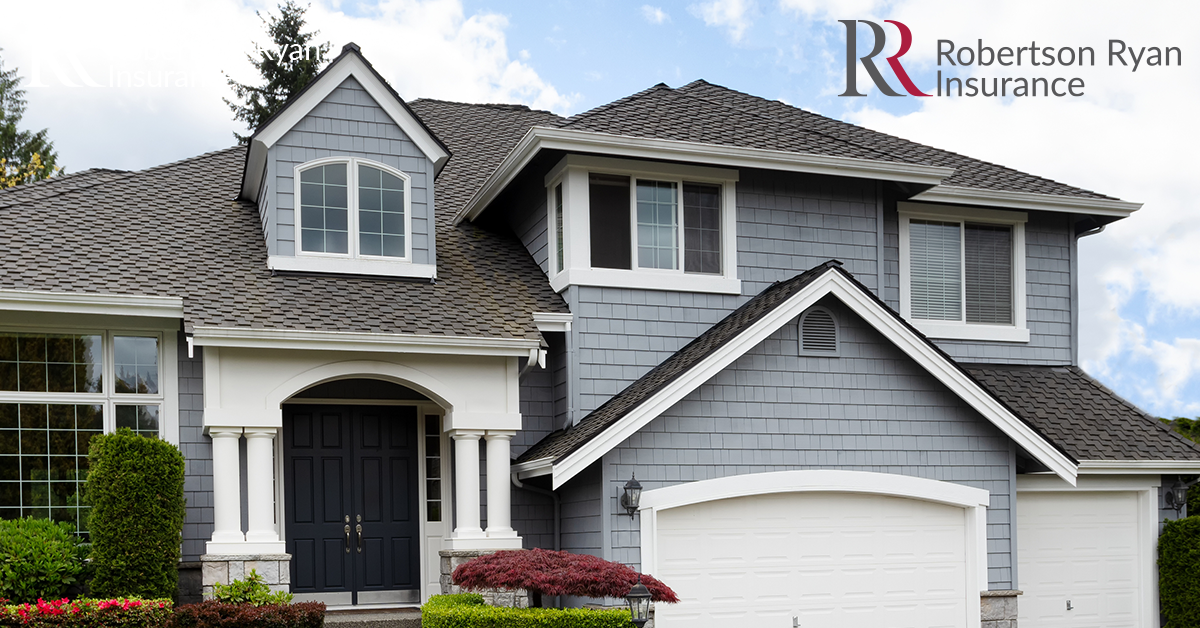Roofing: Material & Insurance Guide
March 18, 2024
In general, homeowners don’t often think about the status of their roofs, mainly because when they do, it is usually a result of something going wrong with its functionality. It is no mystery that when roofing issues happen, they can cause all kinds of expenses and frustration. Which is why considering the health and age of your roof is an important topic to circle back to from time-to-time.
If you are thinking about replacing your roof, due to damage or it’s advancing age, there are a few newer materials and practices used to increase the integrity of your investment. Insurance carriers are getting tougher on what roofing materials they prefer, by offering more comprehensive coverages on some styles or altogether phasing out poor performing materials when considering your homeowners insurance policy.
A Guide to Roof Types – this is a helpful resource from one of our insurance carriers, Acuity, A Mutual Insurance Company, outlining common home roofing materials:
- Asphalt Shingles – the most common material in residential construction in the USA. They have a higher tolerance to a variety of climates and come in two versions, Architectural Shingles and 3-tab Shingles. The latter of which is being phased out because they don’t last as long as the more durable Architectural Shingles.
- Metal Roofs – Growing in popularity due to their longevity and style variations.
- Roof Tiles & Slate Roofs – both require a structural engineer to approve the weight of the material for the frame of your home. However, these options are more durable and longer-lasting alternatives to the previous options, while requiring minimal maintenance.
- Wood Shakes & Shingles – considered high maintenance and a fire risk, this type of material is frowned on and with some insurance carriers, not available for coverage.
The types of policies offered on your homeowners’ insurance are based partly on the condition of your roof. Which is another reason why roof age and integrity is so important. For example, more and more carriers are only offering ACV or actual cash value for older roofs. This means your insurance carrier is agreeing to pay the value of your roof (with depreciation values approximated) based on its current condition through its estimated lifespan. If you have ACV roof coverage and file a claim, that amount minus your deductible is what they will reimburse, leaving you with higher out-of-pocket expenses.
Alternatively, homeowners with newer roofs, or those made with more durable materials, are able to choose between ACV (actual cash value) or RCV, or replacement cost value. RCV, is a more comprehensive option, where the insurance company agrees to pay you on what it would cost to replace your roof with a comparable new roof (limiting your expenses to the deductible, only).
If you are considering a new roof and are looking for value, durability and peace of mind, we hope this message is helpful from an insurance perspective. For any other questions or guidance, please get in touch with us!

